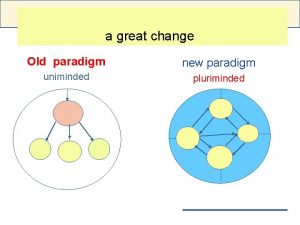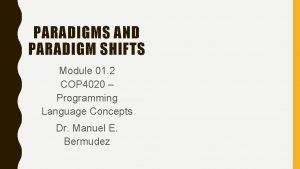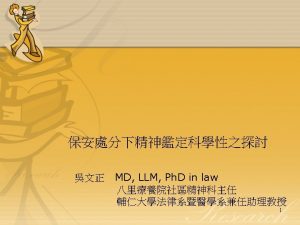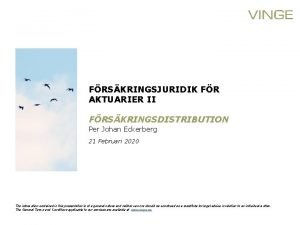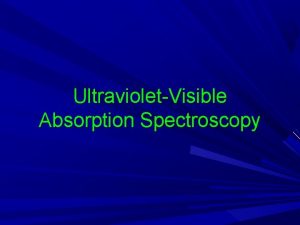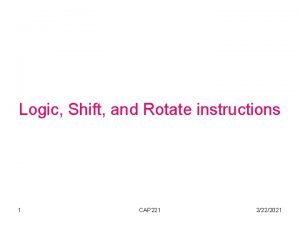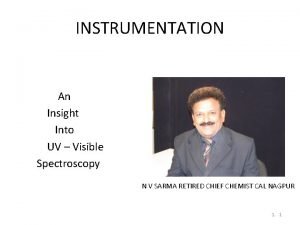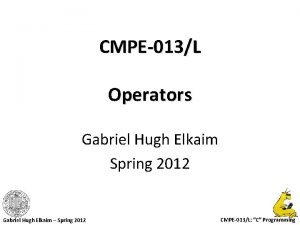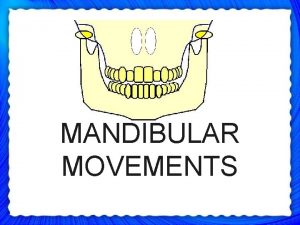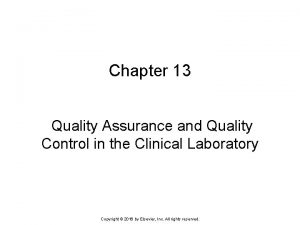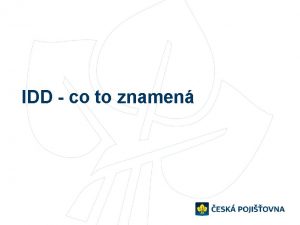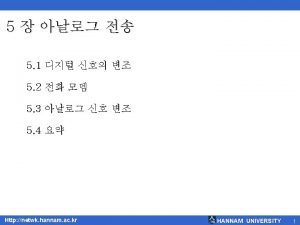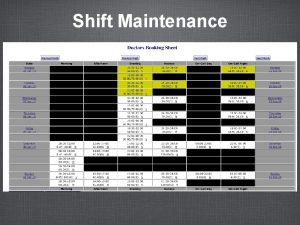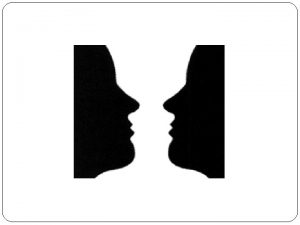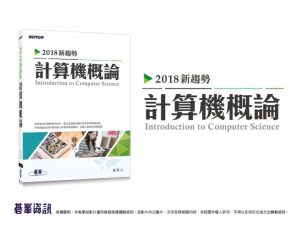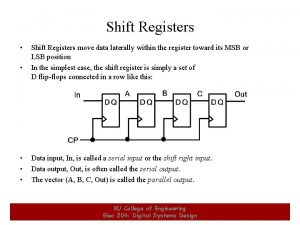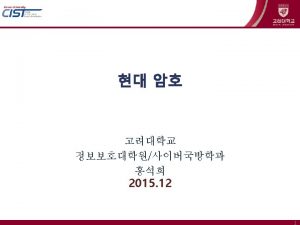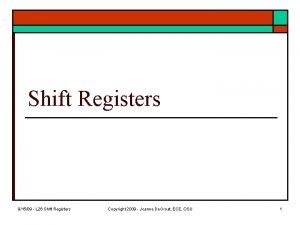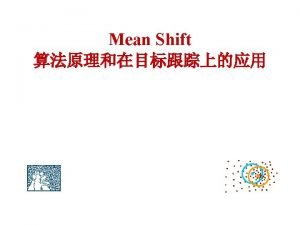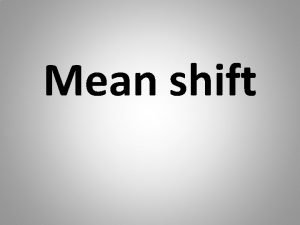Paradigm shift in the control of IDD Rajatanavin































- Slides: 31

Paradigm shift in the control of IDD Rajatanavin, MD, FRCP, FACE Ramathibodi Hospital, Mahidol University, Bangkok 12 October 2015 Bangkok

Goiter rate 1955 15 -21 % (NE) 58 % (N) 1957 24 -45 % (N) 1960 10 -90 % (Phrae) the presence of cretins

Paradigm shift 1: salt iodization 1962 Pilot project : salt iodization 1965 Goiter rate : near zero (Phrae) 1968 8, 000 -10, 000 tons of iodized salt/yr.

1987 Resurveyed of goiter rate in 14 northern provinces 1987 -9 National resurveyed of goiter rate total goiter rate in school children 1989 19. 3 % the presence of cretins

Paradigm shift 2: IDD control as national policy 1992 National Commission for Control of IDD Master plan to correct IDD

Paradigm shift 3: IDD affects cognitive function Single most common cause of preventable mental retardation and brain damage in the world

Paradigm shift 4: Legislation of iodized salt Iodized salt for human consumption only Iodine conc. at least 30 ppm Thai FDA 1993

25 Goiter rate (%) 20 19. 3 16. 7 15. 3 15 12. 2 9. 8 10 7. 9 5. 4 5 0 4. 2 1989 1990 1991 1992 1993 1994 1995 1996 3. 3 1997 2. 1 2001 Department of Health MOPH, Thailand

Limitation of Goiter Rate • May not be reliable • Takes time to decrease • May not reflect current iodine status

Paradigm shift 5: New indicators for IDD control Indicator Salt iodization · Proportion of households using adequately iodized salt Urinary iodine · Proportion below 100 g/L · Proportion below 50 g/L · Median UI Programmatic indicators · Attainment of the indicators specified Goal > 90 % < 50 % < 20 % > 100 g/L At least 8 of the 10 WHO/UNICEF/ICCIDD, 2001

Paradigm shift 6: Universal Salt Iodization Iodized salt for • human consumption • food industry • livestock Quality Distribution

Iodized salt plants) No. ( <700 ton/y 700 -1, 000 ton/y 1, 001 -5, 000 5, 001 -10, 000 >10, 000 ton/y Total Central 43 9 20 1 0 73(39%) North 37 2 5 1 0 45 (24%) Northeast 59 1 4 0 1 65 (35%) South 1 1 0 0 0 2 (1. 1%) Total 140 (76%) 13 (7%) 29 (16%) 2 (1%) 1 (0. 5%) Division of Nutrition Department of Health, MPOH : 2009

Iodine content in salt at retailer* 2011 Iodine content (ppm) * % 0 -20 15. 07 20 -40 15. 8 40 -80 33. 09 >80 36. 32 103 Shops 27 Provinces In 2004 coverage of standard iodized salt (20 -40 ppm) in households 56. 1% Department of Health

Paradigm shift 6: Universal Salt Iodization (USI) • Quality Innovation of high quality salt mixer Mahidol model

A field test kit for iodized salt “ New product capable of semi-quantitative and consistent test for at least 18 months” • • Accurate Convenient Rapid Stable Ruenwongsa and Panijpan

1993 Legalized iodized table salt • Iodized salt for • human consumption only Iodine conc. at least 30 ppm Paradigm shift 8: Set upper limit of iodine content in salt Iodine conc. 20 -40 ppm Thai FDA 2010

Paradigm shift 7: Co-ordination of related agencies Ministry of Industry Ministry of commerce Ministry of Interior Ministry of Social Development and Human Security Ministry of Education Ministry of Public Health

Family Care Team

Standard iodized salt (iodine content 20 -40 ppm) at household 2012 2013 2014 60. 3% 82. 5% 83. 5% 2014 Household coverage of iodized salt 91. 6% (Target> 90%) Department of Health MOPH

Iodized salt in food industry Salt usage in food products Total (products) Use iodized salt Use noniodized salt Beverages in sealed containers 156 18 174 Food additives 58 21 79 Food in sealed containers 158 97 255 Dietary supplement 10 0 10 Food with special purpose 7 0 7 Thai FDA 2015

Iodized salt in food industry Coffee Bread Sauce in a sealed container Flavored milk Dairy products Instant food Ice cream Total Salt usage in food products Use noniodized salt 1 0 68 1 Total (products) 1 69 2 0 2 1 5 16 2 484 (77. 4%) 0 4 0 0 141 (22. 6%) 1 9 16 2 625 Thai FDA 2015

Iodized in food industry Iodine in condiment • Fish sauce • Salt brine • Soy sauce Iodine content: not less than 2 mg/L not more than 3 mg/L Effective : 31 December 2010 Thai FDA

Iodine content in animal feed Iodine Requirement (mg/kg of food) Cattle (n = 163) 2. 46 (0. 3 -9. 05) 0. 50 Hen (n = 59) 3. 66 (0. 3 -5. 10) 0. 33 Iodine in animal feed n = 38 Present (%) Not present (%) 42. 1 57. 9 Live Stock Department 2014

Salt used in animal feed factory Year Time period Non-iodized salt (tons) Iodized salt (tons) Total (tons) 2013 -14 Oct 13 - Sep 14 30, 152. 10 (92. 8%) 2, 325. 10 (7. 2%) 32, 477. 20 2014 -15 Oct 14 - Mar 15 18, 049. 00 (94. 2%) 1, 120. 50 (5. 8%) 19, 169. 50 Live Stock Department 2014

Paradigm shift 9: Monitoring urinary iodine level in pregnant women µg/L 200 181. 2 159. 4 153 155. 7* 150 111. 6 117. 8 114. 5 106. 8 101. 6 146. 8 142. 1 125. 5 100 108. 2 82. 5 50 * 74 provinces 0 2001 2002 2003 2004 2005 2006 2007 2008 2009 2010 2011 2012 2013 2014 Normal: before 1997 = 100 µg/L after 1997 = 150 µg/L Department of Health MOPH

Urinary iodine in preschool children and elderly Year Median UI (ug/L) 3 -5 years >60 years 2011 229. 2 129. 0 2012 212. 6 108. 3 2013 226. 6 113. 8 2014 234. 6 111. 3 Normal 100 -150 Department of Health MOPH

Comparison of iodine testing results in food seasoning, 2012 and 2014 Type of Food Seasoning Number of samples Did not meet standard of adequately iodized (%) 2012 2014 Mixed fish source 43 48 35(81. 4) 19 (39. 6) Pure fish source 44 26 26 (59. 1) 10 (38. 5) Light soya sauce 20 15 13 (65) 4 (26. 7) Seasoning sauce, soya sauce 19 12 15 (79) 4 (33. 3) Total 126 101 89 (71) 37 (36. 6) Source : Bureau of Quality and Safety of food. Department of Medical Sciences, MOPH

Paradigm shift 10: Anxillary measure Iodine supplement for pregnant and lactating women iodine 0. 15 mg. iron 60. 81 mg. folic acid 0. 4 mg.

Programmatic indicators A. Effective functional national body B. Political commitment C. A responsible executive officer D. Legislation on USI E. Assessment/reassessment of the program WHO/UNICEF/ICCIDD, 2001

Programmatic indicators (cont. ) F. Public education G. QA at iodized salt plant H. Regular lab data on urinary iodine I. Maintenance of Q. C. J. Database of regular monitoring WHO/UNICEF/ICCIDD, 2001

Thank you
 Old paradigm
Old paradigm Paradigm shift from women studies to gender studies
Paradigm shift from women studies to gender studies Conclusion of ict in education
Conclusion of ict in education Crime tree
Crime tree Initiative progressive era definition
Initiative progressive era definition Paradigm shift in technology
Paradigm shift in technology Stock image
Stock image Paradigm shift in technology
Paradigm shift in technology Paradigm shift meaning
Paradigm shift meaning Paradigm definition
Paradigm definition Paradigm shift in education
Paradigm shift in education Paradigm shift in education
Paradigm shift in education Paradigm shift kuhn
Paradigm shift kuhn Idd cpd requirements
Idd cpd requirements Per johan eckerberg
Per johan eckerberg Idd questionnaire
Idd questionnaire Idd questionnaire
Idd questionnaire Idd college
Idd college Lambert beer law and its limitations
Lambert beer law and its limitations Aniline uv spectrum
Aniline uv spectrum Difference between arithmetic shift and logical shift
Difference between arithmetic shift and logical shift Bathochromic shift and hypsochromic shift
Bathochromic shift and hypsochromic shift Difference between arithmetic shift and logical shift
Difference between arithmetic shift and logical shift Verilog
Verilog Difference between arithmetic shift and logical shift
Difference between arithmetic shift and logical shift Difference between arithmetic shift and logical shift
Difference between arithmetic shift and logical shift Immediate side shift bennett movement
Immediate side shift bennett movement Trend and shift in levey jennings chart
Trend and shift in levey jennings chart Control shift l
Control shift l Hát kết hợp bộ gõ cơ thể
Hát kết hợp bộ gõ cơ thể Bổ thể
Bổ thể
